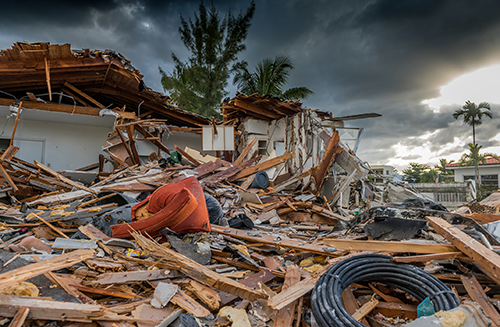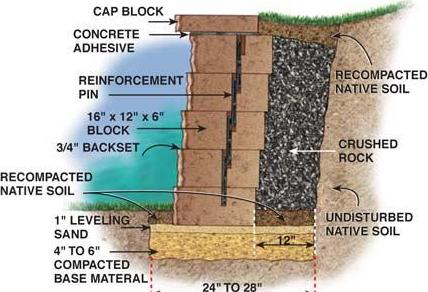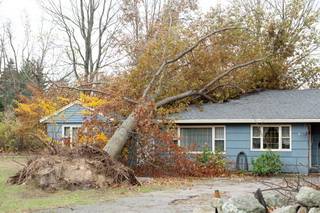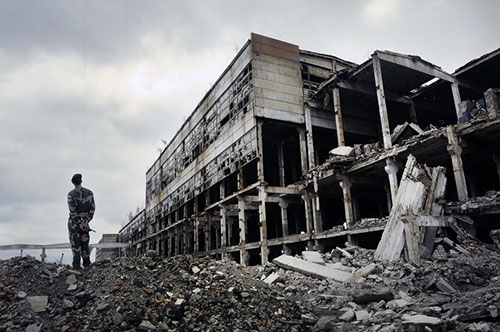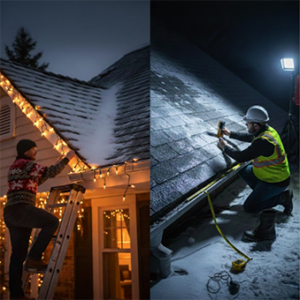Hurricane Ian has come and gone, leaving an enormous path of destruction in its wake — primarily in the state of Florida. The excruciatingly slow-moving storm made landfall as a category five, securing its place in the top five most destructive storms to ever hit the United States (since records began) and resulting in the worst devastation since Katrina. The Wall Street Journal Weekend had a front-page article warning that that “The stage is set for a potential litigation frenzy akin to the one after Katrina in 2005… industry executives and attorneys say that potentially billions of dollars in proceeds from homeowners’ policies are at stake…” (WSJ, Oct.8-9, 2022)
Thankfully, CED Florida locations managed to get back up and running quickly and more than one employee has been deployed with the Florida National Guard to help in the recovery effort. Not surprisingly, our Florida civil engineers field frequent questions about what to do when homes or properties are damaged. We thought it would be helpful to compile a list of these questions for property owners and homeowners who live in or near affected areas.
Q: What is the first step of the documentation process for reporting any claims or damages?
A: The first step actually occurs prior to the passage of a hurricane: good pre-storm documentation. If a current condition and property inventory does not already exist and time allows, a homeowner should create a pictorial and video record of their personal property. This should include a record of interior wall, ceiling and floor conditions as well as a record of your home’s exterior condition. It is crucial to keep this electronic documentation on a digital storage device which can be taken with you if you need to evacuate. This one step will significantly help maximize the return on your claim against your policy, should a claim be necessary.
Q: After the storm has passed, what should I document if my property is damaged by wind or water?
A: Once the storm has passed, the most important thing is to ensure that your property is safe! This means there should be no live electric, gas or water related hazards present that could harm you or your family. Once the property has been deemed safe, additional documentation of the property via video and photographs should be done as soon as possible. Next, contact your insurance carrier (and/or the state emergency recovery hotline) to make sure that they are aware of the damage so that they can start the insurance process.
Q: Is there anything, specifically, I can do to better document the condition of my property after the passage of a storm?
A: In the photograph and video documentation, it is important to include footage of your home’s interior ceiling, wall and floor conditions, whether damaged or not…as well as any other damage to personal property. If standing water accumulated, attempt to photograph that. Once the water has receded, a high water mark is usually apparent on the walls that can then also be measured and photographed. For roofing damage, SAFETY FIRST! The safest way to inspect your roof after a storm is to have a qualified roofing contractor survey the roof for damage. Relevant documentation should then be provided to your insurance carrier.
Q: What else can I do to minimize further damage to my property?
A: Post storm, in addition to documenting the damage, you can try to take steps to prevent further damage such as tarping a damaged roof. Again, the best and safest way to have your roof tarped is by employing a qualified roofing contractor.
CED Technologies wishes you sincere condolences and all the best in recovery efforts if your region was impacted by Ian. Hopefully it will be a very long time before we see such a monster storm come our way again.
If you’d like assistance about where to start in the recovery documentation process, we can help. Contact the CED Hurricane Group for inquiries.
